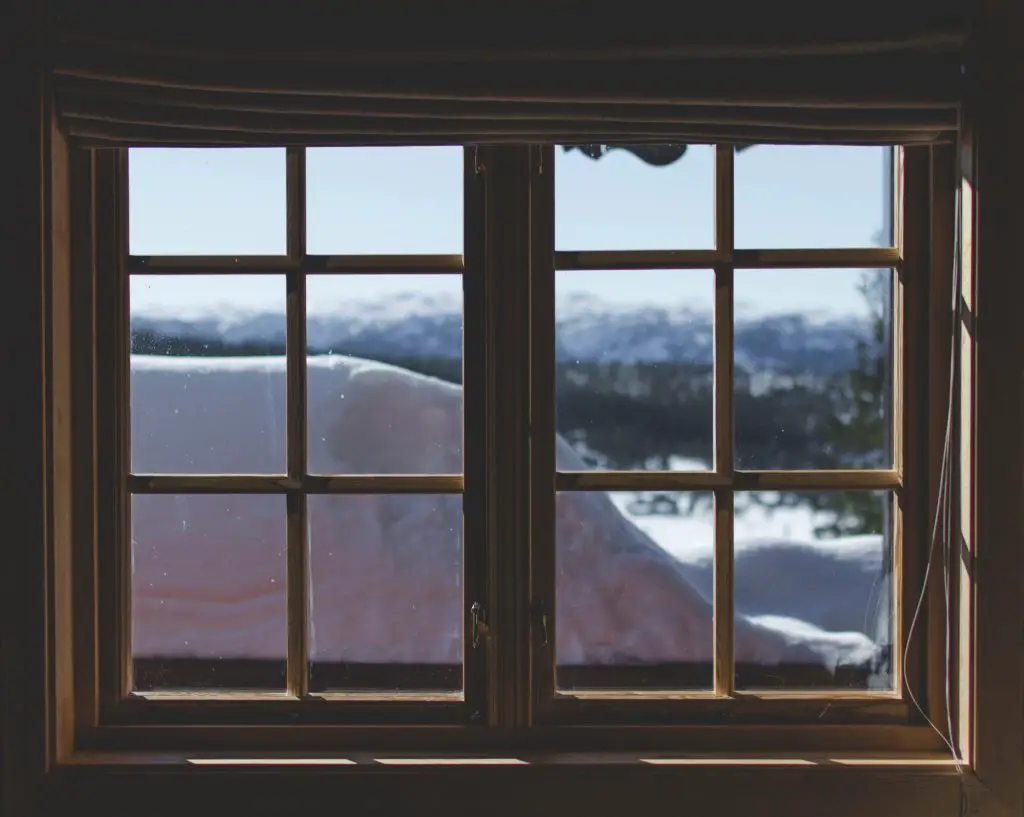Caulk is a bit like the unsung hero of weatherproofing. It is often overlooked, but it does a fantastic job of protecting your home from rain, snow and wind. Caulking your windows also blocks drafts, which keeps you warmer in winter and cooler in summer. In fact, caulking your windows costs just $150-$350 on average but can save you hundreds of dollars each year on heating and cooling costs! let’s know more about Caulking Windows Cost.

Caulking Windows Cost
Cost In An Average-Size Home
The cost of caulk windows in an average-size home is $150-$350. This is for a professional company, who will likely charge more per window than the DIY option. Caulking windows in a single-family house with vinyl siding costs more than caulking windows in a single-family house with brick siding.
Caulking windows can be done for much less than this price range if you are willing to do the job yourself, but it’s important to know how to do it correctly and safely before attempting such a project, as well as take care of any messes that arise from doing so (e.g., cleaning up after yourself after you’re done).
Install silicone caulk around the house.
If you’re looking for an inexpensive way to get started on your caulking project, silicone caulk is a great option. It’s easy to apply and remove, making it ideal for DIYers and professionals alike.
As with any other type of caulk, silicone comes in different colors so you can match it with your window frames or paint job. But unlike some other types of caulks, silicone won’t crack or separate from the surface over time—so you’ll never have to worry about repairing any cracks or gaps in your window treatments!
If you see that your windows already have caulk on them, be sure to remove it before applying new caulk.
If you see that your windows already have caulk on them, be sure to remove it before applying new caulk. Caulk is a good way to keep water out of the joints between window panes and frames, but if it’s old and hardened, removing it can be difficult—and if you don’t do so properly, the new caulking will fail as well.
First, use a utility knife or razor blade to clean any loose chunks of old caulk away from both sides of the joint (or joints). Then, scrub with an abrasive pad until all traces are gone and there’s nothing left but clean glass.
This process may involve more than just cleaning off most of the old caulking: once you’ve removed most of it with your scraper and/or sandpaper (depending on how much there still is), check again for any stubborn pieces stuck in place; these may require some additional scraping or even sanding. Also note that this process should not scratch up your windows themselves; only remove enough material where necessary so that any leftover bits no longer interfere with application of new caulk!
Don’t worry if there are small openings in your window’s caulk line; they probably won’t affect anything unless they get much bigger.
Caulk is made from a liquid that hardens over time. It shrinks during the day and expands at night as temperatures change, so it needs to be able to move with these changes in order to stay firmly in place.
Caulk also contracts and expands with moisture levels, which can be affected by rain storms or even just high humidity levels indoors during the summer months (the same way your hair gets frizzy when it’s humid outside).
And of course caulk will expand when heated up—that’s why you see those black dots around windows where someone tried using too much hot glue!
Caulking your windows is a great way to decrease drafts, heating and cooling costs.
Caulking your windows is a great way to decrease drafts, heating and cooling costs. Caulking is a quick, easy and inexpensive way to stop drafts around the window frame. It’s also a temporary fix; however it shouldn’t be considered permanent unless you are planning on moving out of your home soon in which case you should consider sealing all of the seams as well as applying caulk in between any cracks or crevices where air can get through.
If you live in an area that gets heavy rain fall then caulking should make up only part of your insulation plan because water can seep through cracks created by uneven temperatures between the two surfaces being sealed together (the window frame vs exterior wall).
Caulk is an important part of making sure the windows in your home remain secure.
Caulking is an important part of making sure the windows in your home remain secure. Caulking can help prevent moisture from penetrating your window frame, which can lead to mold and mildew growth on the inside of your house that could be potentially dangerous for health reasons. It’s also important because it increases energy efficiency by keeping warm air inside during winter months and cool air inside during summer months. Additionally, caulking windows adds beauty and style to any room without being too expensive or difficult to install yourself!
Caulking will make sure that no one ever sneaks through an open window again—but only if you do it right! If you don’t caulk correctly then all those bad guys will just come back again anyway.”
Conclusion
Window caulking is a protective measure that can keep your family and home safe. It may also stop heating and cooling bills from skyrocketing. But how much does it cost to caulk windows in your home? If you’re interested in protecting your windows, the answer will depend on several factors. We’ve given you an idea of what to expect from window caulking costs, but final estimates are up to you!

